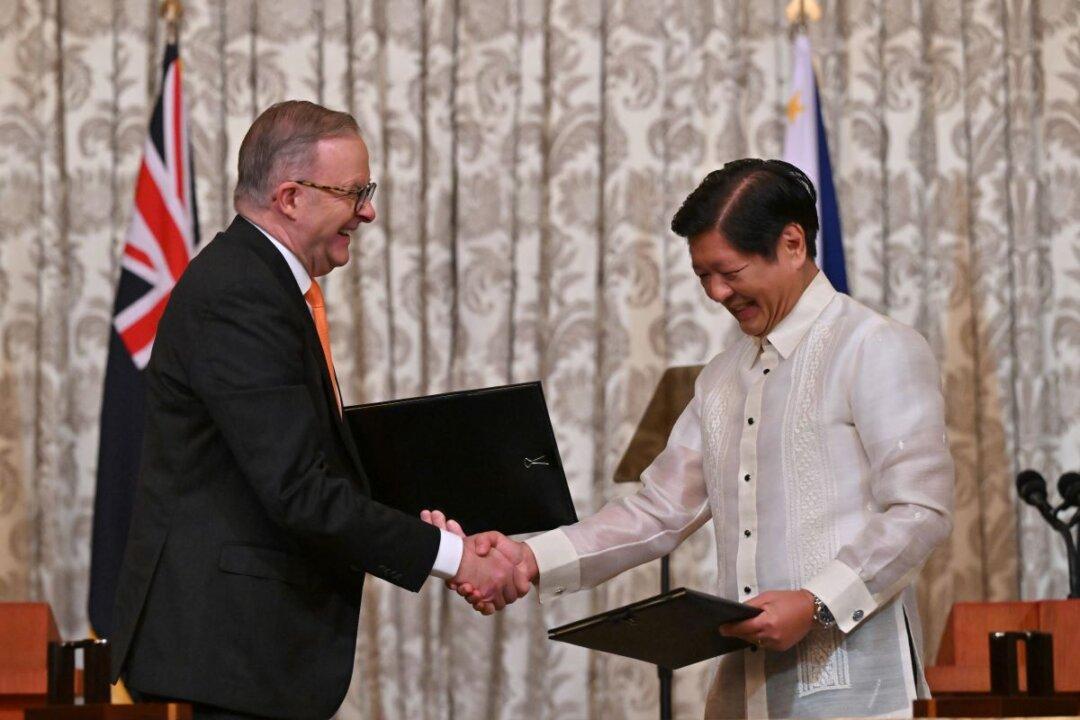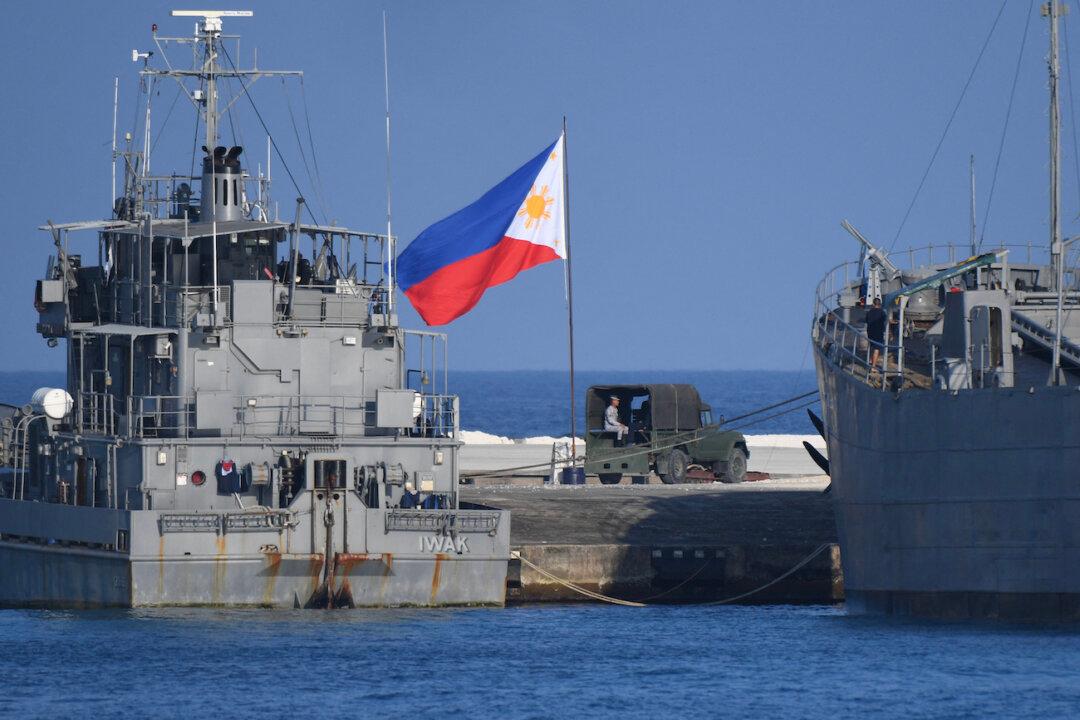The head of a peak Australian industry group has criticised the decision to close the border between New South Wales and Victoria arguing it will set back economic recovery.
Chief executive of the Australian Industry Group (Ai Group) Innes Willox said on July 6: “The ill-considered closure of the NSW-Victoria border would pull the rug out from under any recovery and is chaos in the making.”




